THE BITTERSWEET SCIENCE
Fifteen Writers in the Gym, in the Corner, and at Ringside
EDITED BY CARLO ROTELLA AND MICHAEL EZRA
The University of Chicago Press
Chicago and London
The University of Chicago Press, Chicago 60637
The University of Chicago Press, Ltd., London
2017 by The University of Chicago
All rights reserved. No part of this book may be used or reproduced in any manner whatsoever without written permission, except in the case of brief quotations in critical articles and reviews. For more information, contact the University of Chicago Press, 1427 E. 60th St., Chicago, IL 60637.
Published 2017
Printed in the United States of America
26 25 24 23 22 21 20 19 18 17 1 2 3 4 5
ISBN-13: 978-0-226-34620-5 (paper)
ISBN-13: 978-0-226-34634-2 (e-book)
DOI: 10.7208/chicago/9780226346342.001.0001
Library of Congress Cataloging-in-Publication Data
Names: Rotella, Carlo, 1964 editor. | Ezra, Michael, 1972 editor.
Title: The bittersweet science : fifteen writers in the gym, in the corner, and at ringside / edited by Carlo Rotella and Michael Ezra.
Description: Chicago ; Illinois : The University of Chicago Press, 2017.
Identifiers: LCCN 2016037105 | ISBN 9780226346205 (pbk. : alk. paper) | ISBN 9780226346342 (e-book)
Subjects: LCSH: Boxing. | Boxers (Sports)United States.
Classification: LCC GV1133 .B58 2017 | DDC 796.83dc23 LC record available at https://lccn.loc.gov/2016037105
 This paper meets the requirements of ANSI/NISO Z39.48-1992 (Permanence of Paper).
This paper meets the requirements of ANSI/NISO Z39.48-1992 (Permanence of Paper).
Contents
BITTERSWEETNESS
Carlo Rotella and Michael Ezra
The more you know about boxing, the more you discover that you never truly know whats going on. Even if you have the best ringside seat and the best-placed inside sources at your disposal, even if youre a fighter or a trainer or manager, even if youre Don King in 1990 and you control the prime Mike Tyson and the world heavyweight title and the lions share of the boxing business (but not Buster Douglas), you still confront an infinite sequence of unknowns and mysteries. Even if you can watch enough of a fighters training sessions and bouts to arrive at a reliable assessment of his ability, there are still crucial considerations that dont yield so easily to observation: What did he learn from previous bouts? What else has happened to him, perhaps far beyond the ring, that affects him as a boxer? Wheres the money behind his next fight coming from and going to, and what outcome would serve those interests? You encounter such questions, and their answers matter, even if all you care about is the usual sports-page concern with winners, losers, and athletic drama. The mysteries multiply, of course, when you push past the prosaic who, what, where, when, and how of boxing and into the analytical why and the interpretive what did it mean? The compelling spectacle of boxing inspires the impulse to plumb its significance and understand the workings of the machinery that produces it, to see what goes on inside and behind the violent whirlwind of man-made force. But its never a good idea to get cocky about what you think youve figured out.
Boxing has always attracted writers because it issues a standing challenge to their powers of description and imagination, and also a warningreally, a promisethat no matter how many layers of meaning you peel away there will always be others beneath them. In assembling the essays that make up this book, we started from the premise that because we cant get to the bottom of boxing we should instead try to surround it. Our contributors come at their shared subject from several different directions and perspectives. There are profiles of characters ranging from marquee attractions (Brin-Jonathan Butler on Roy Jones Jr., Rafael Garcia on Antonio Margarito, Carlo Rotella on Bernard Hopkins) to a rising star (Sarah Deming on Claressa Shields) to compelling sidemen (Gabe Oppenheim on Emanuel Augustus, Hamilton Nolan on Darius Ford). Most of these portraits are made from a ringsiders point of view, but the book also features first-person, hands-on accounts written from a fighters: Donovan Craig, Sam Sheridan, and Hamilton Nolan bring us to the gym to spar and learn, and Robert Anasi revisits his debut bout to dissect its chaotic scramble of action and emotion. From the backstage point of view, speaking from sometimes-painful experience in the business of boxing, Charles Farrell explains why and how to fix a fight, and Gordon Marino explores what it means to stop one by throwing in the towel. Looking back from the historians point of view, Michael Ezra and Gary Moser go inside the records of all-time greats and would-be greats, teaching us how to distinguish between the two, and Louis Moore and Carl Weingarten take us back to earlier eras to trace the warping effects of the color line on fighters careers and lives.
Juxtaposing and alternating these perspectives, we set out to produce a composite picture-in-depth of boxing. A thread of technical ring craft runs through the book, a series of lessons in the art and science of boxing that begins with Donovan Craig trying to be a competent sparring partner in the gym and takes us all the way through the advanced fight-night virtuosity of Emanuel Augustus and Roy Jones Jr. Its complement is a thread of boxing-as-business that begins with a trainers and a managers accounts of handling fighters, moves on to consider how the careers of Antonio Margarito and Bernard Hopkins were shaped by the encounter of style and money, and digs into the past to investigate just how badly Jimmy Bivins and Harry Wills got screwed. We tried as much as possible to set up such complementarities. The historical essays balance the immediacy of ringside and in-the-ring reports; for every scene under the lights on fight night, theres another in the gym or in a back room or some other place where the nuts and bolts get put together; for every champion, theres a regiment of journeymen, cornermen, dabblers, and anglers for advantage; for every aspirant struggling toward a hoped-for prime, theres a Roy Jones Jr. in steep decline.
Jones, a one-man thematic motif in his own right, takes the prize for the books most ubiquitous character, appearing in the first and last essays and repeatedly in between. He commands our attention as one of the extraordinary talents of our era and also one of its leading cautionary tales. A star who was widely regarded as one of the greatest fighters of all time until a series of brutal knockout losses revealed his deficiencies, he achieved the rare feat of seizing control of his own career but then couldnt seem to stop fighting even if it killed him. Jones features in Donovan Craigs account of being good enough to get hurt, Michael Ezras inquiry into the significance of fighters post-prime bouts, Gary Mosers parsing of the cases for recent stars as all-time greats, Gabe Oppenheims meditation on stylishness, and Brin-Jonathan Butlers profile of the former champion sliding with terrible momentum down the blood-slick slope of the years.
*
Now, about the title of this book. Pierce Egan, the early nineteenth-century chronicler of Englands bare-knuckle fight scene, called boxing the sweet science, and the name stuck despite being at best a partially apt epithet for such a punishing trade. Yes, the world of hurt in which boxers move makes their technique and strategy all the sweeter to behold. Its one thing to sink a twenty-foot putt to win the Masters and another thing entirely to rally with a picture-perfect combination after being battered so badly that not only your career but your physical well-being and possibly your life are on the line. But that same lethal context, extending beyond the ring to include the ungloved savagery that characterizes the business side of boxing, appends a dark, smoky aftertaste to even the sweetest display of style or heart. Bittersweet strikes us as the more fitting adjective.

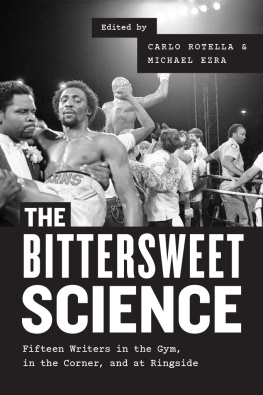
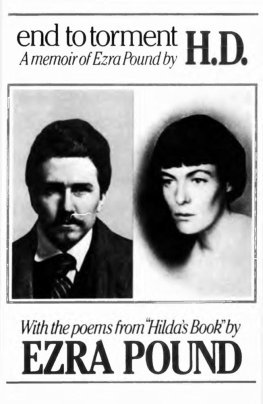
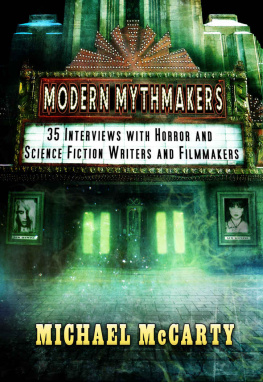


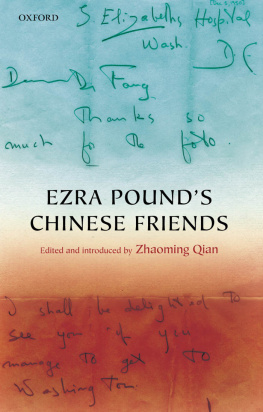


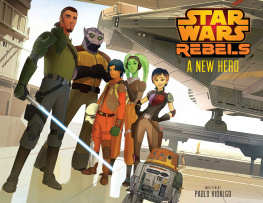
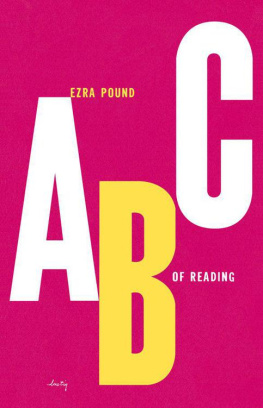

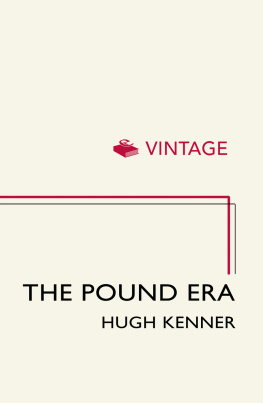
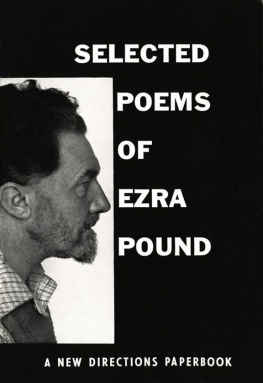

 This paper meets the requirements of ANSI/NISO Z39.48-1992 (Permanence of Paper).
This paper meets the requirements of ANSI/NISO Z39.48-1992 (Permanence of Paper).